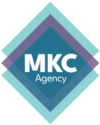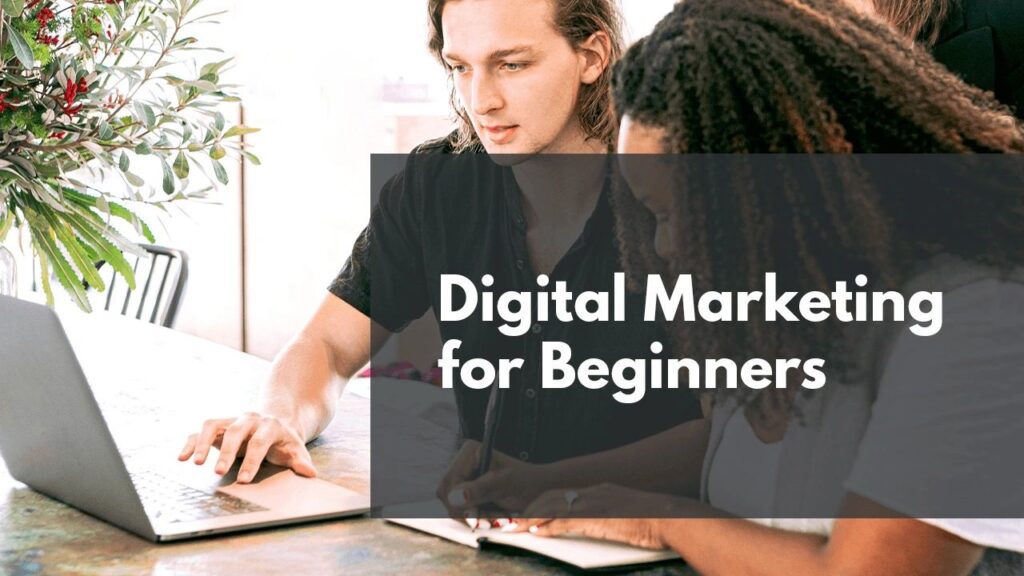In its simplest form, digital marketing is leveraging online tools to help you do business. Whether that’s your website, an engaging Instagram feed, or building great case studies, the principle remains: building your brand online will build up your relationships with both existing and potential customers.
Digital marketing is all about having the right tools for the right job. Demand using online tools and devices is ever-growing since customers often research online before making a purchase. You just have to be in a position to catch them when they scroll by.
Think about it like this: you’re not going to get very far bringing a baseball bat to a badminton game or digging up potatoes with a socket wrench. In the same way, you won’t find much success promoting a product special on LinkedIn or promoting your e-commerce site on Napster. I’m all for innovative strategies, but let’s try sticking to Planet Earth for now.
This blog will touch on some digital marketing strategies and considerations that will help you build a foundation for your overarching marketing project.
Perfect Your Ideal Customer Profile
While the concept of an Ideal Customer Profile (ICP) warrants a blog post of its own, the Cliffs Note is that your ICP represents the kind of customer that you would prefer selling to.
The reasoning behind your decision can come from many places—targeting demographics where you communicate the strongest, matching your product aesthetics to a particular age group or gender, or simply matching your product to a consumer who would gain use from it.
Your ICP should be no-nonsense at the end of the day. Bikers aren’t usually seen lining up for stand mixers—no matter how flashy the mauve finish.
Once you have built your ICP, you will have a clearer picture of how you can deploy your messaging to these individuals. A younger demographic may see higher returns in social media marketing, while a white-collar client may reply more readily to LinkedIn or cold email outreach.
As we said earlier, focus on the right tools for the right job—don’t go trying to eat soup with a fork and knife.
Crafting Your Content
Now that you know who will be reading, opening, or looking up your content online—what do you want that content to look like?
Will you write highly informative blogs in your technical field? If so, are they dry as bones, or do they include things like links to cats jumping at cucumbers? While a touch of humor gets me every time, your ideal customer profile will tell you if your customers feel the same.
If social media feeds are your thing, what kind of content do you think would best convert your ICP? Some brands see huge successes with posting “slice of life” content that humanizes their brand and staff. Others choose to post lifestyle content that puts their product into a living frame that buyers can appreciate.
Building your content means solidifying the voice you communicate through. As customers research your services online, browse your e-commerce, or compare your reviews and About Us to other service providers to select the best fit, your content should reflect the best of what you have to offer. Ensuring your content is up to snuff with strong, coherent messaging will improve your conversion, SEO, and reputation.
Follow Best Practices for Distributing Content
So you’ve got some exciting content suited for your ICP and have a great site that nails all of your key messaging. Now, how do you direct people to what you do?
There are unspoken rules to how much content you can post, when you should post that content, and where certain messages are the most effective. Is it simple? Not always, no. But a good place to start might look like this:
Social Media Posts – 3/week via Instagram, Facebook, and LinkedIn.
Newsletters – 1-2/month.
Next up—are you willing to pay for clicks? Working with Google to place ads (or across any social media platform) could bring more customers into your funnel, but it’s not always cheap.
Working with a partner to improve your SEO could look like a simple content/link audit to ensure your site is optimized, or it could involve a suite of keyword rebuilding, in-depth analysis, and a comprehensive ad placement program.
The takeaway is to ensure you are getting the maximum value for your efforts. Researching best practices for your chosen content is critical for effective messaging.
With this introductory look at digital marketing, I hope you have a better understanding of what to keep in mind when crafting your digital marketing strategy. Whether simple or complex, we quite simply live in a world where an online component to your business cannot be avoided or overlooked. That leaves the question—where do we start?
This blog goes over only the basics of the basics. I’d love to keep this discussion going and learn what makes your messaging and company unique. Have any time? Let’s get in touch and see what we can work out together.

